#animalia
Text

happy pride to aelian's transsexual hyenas that make caeneus and teiresias old-fashioned
230 notes
·
View notes
Text


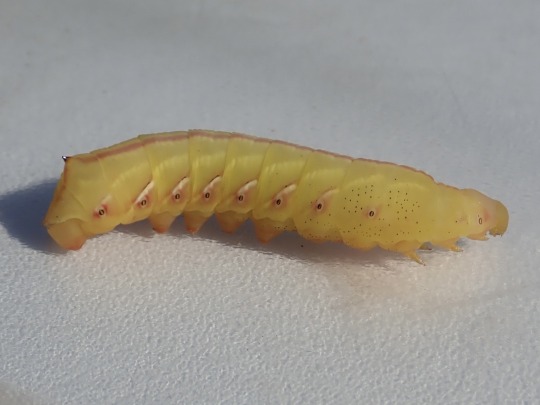


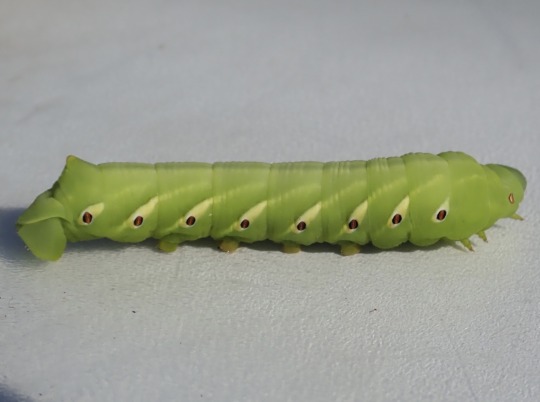
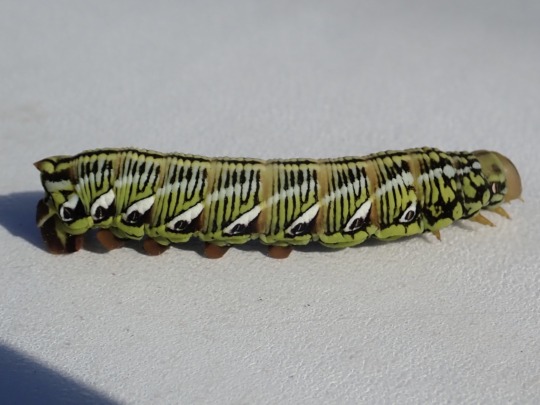
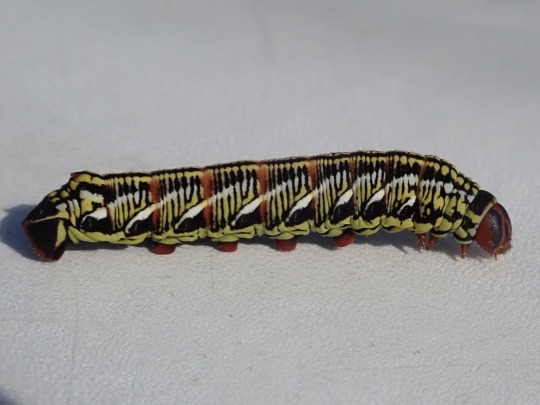

i found lots of different Eumorpha fasciatus caterpillar color morphs today!
8K notes
·
View notes
Text

Pictured by Shane Lamb
#raven rendezvouz#art#gothique#goth#photography#shane lamb#ravens#raven bird#birds#autumn#whimsigoth#whimsigothic#whimsical#nature#animalia#animal photography
6K notes
·
View notes
Text

An Ethiopian hedgehog or desert hedgehog (Paraechinus aethiopicus) rests in a garden in the United Arab Emirates
by Priscilla van Andel
#desert hedgehog#ethiopian hedgehog#hedgehogs#paraechinus aethiopicus#paraechinus#Erinaceidae#Eulipotyphla#Mammalia#chordata#animalia#wildlife: UAE#wildlife: asia
1K notes
·
View notes
Text
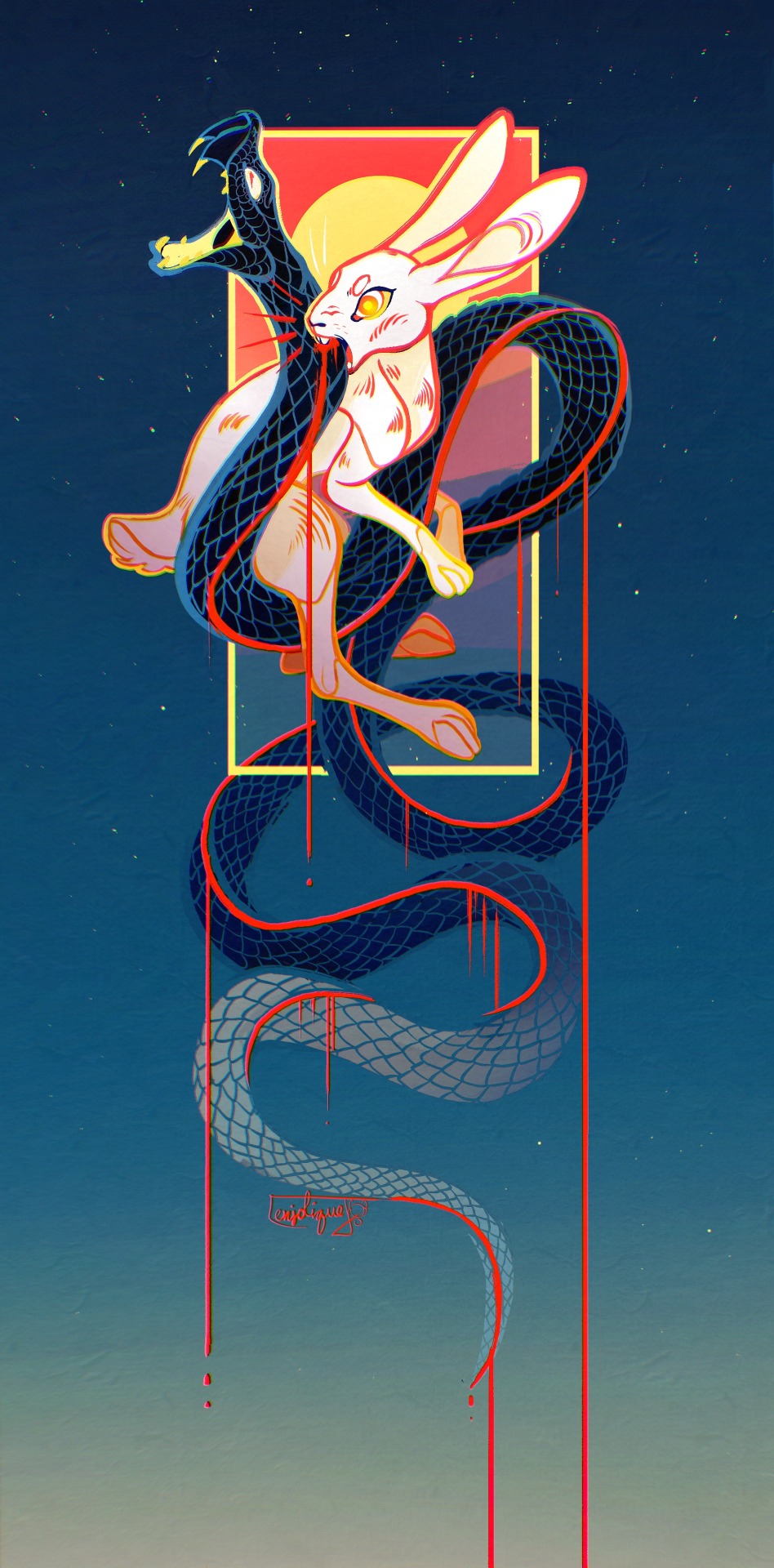
I'm gonna munch, I'm gonna crunch
🐇 bunny has art print now 🐇
381 notes
·
View notes
Text

he is staring respectfully
#prionance glauca#blue shark#meme#shitpost#fish#eukarya#animalia#chordate#chondrichthyes#elasmobranch#selachimorph#carcharhiniformes#carcharhinidae#p. glauca
2K notes
·
View notes
Text
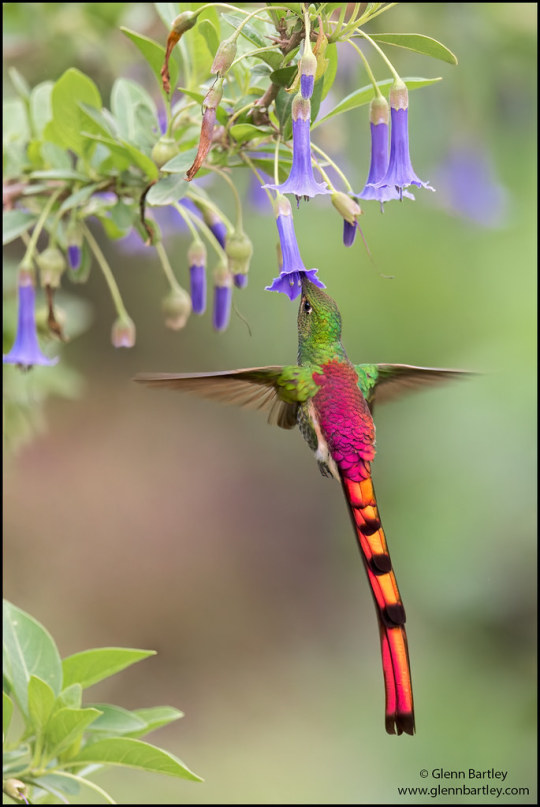
#IFTTT#Flickr#animal#animalia#animals#animalsinthewild#aves#avian#bird#birdwatching#birds#argentina#glennbartley#latinamerica#photography#southamerica#wildlife#redtailedcometsapphosparganurus
607 notes
·
View notes
Text

back on that Mayor Lizzie brainrot
313 notes
·
View notes
Text

Nicknamed the "Y animal" or "wye", Escumasia roryi is an enigmatic fossil organism known from the Late Carboniferous Mazon Creek fossil beds in Illinois, USA, dating to about 308 million years ago.
Growing up to around 15cm tall (~6") this strange soft-bodied creature was Y-shaped, with two slender "arms" on each side of an apparent mouth opening, a flattened sac-like body with another opening on one side, and a long stalk ending in an attachment disc. Some specimens have uneven arm lengths, which may indicate damage from predation.
Being only known from the exceptional preservation conditions of Mazon Creek, and with nothing else quite like it in the known fossil record, Escumasia's evolutionary relationships are still a mystery. It's been tentatively linked to cnidarians – but this doesn't really fit based on its anatomy, and little further study has been done on it since its discovery in the 1970s.
It was probably a filter feeder, living attached to the seafloor and capturing suspended organic material or small planktonic prey with its arms. The environment it inhabited was a shallow tropical marine bay, located close to the equator at the time, near a large river delta that would have made the surrounding waters rather brackish. This ecosystem was dominated by cnidarians, particularly the anemone Essexella, along with various arthropods, lobopodians, polychaete worms, molluscs, echinoderms, fish, lampreys, hagfish, and other difficult-to-classify weirdos like the famous "Tully monster" Tullimonstrum.
———
NixIllustration.com | Tumblr | Patreon
References:
Clements, Thomas, Mark Purnell, and Sarah Gabbott. "The Mazon Creek Lagerstätte: a diverse late Paleozoic ecosystem entombed within siderite concretions." Journal of the Geological Society 176.1 (2019): 1-11. https://doi.org/10.1144/jgs2018-088
Nitecki, Matthew H., and Alan Solem. "A problematic organism from the Mazon Creek (Pennsylvanian) of Illinois." Journal of Paleontology (1973): 903-907. https://www.jstor.org/stable/1303070
Wikipedia contributors. “Mazon Creek fossil beds.” Wikipedia, 10 May 2024, https://en.wikipedia.org/wiki/Mazon_Creek_fossil_beds
#science illustration#paleontology#paleoart#palaeoblr#escumasia#incertae sedis#problematica#animalia#art#y animal#wye#actual ancient aliens
165 notes
·
View notes
Text
Pliny pearl oyster facts:
they produce pearls based on rancid vibes from God; said pearls will be whatever color the sky was when they got pregnant
they are afraid of lightning, thunder, and the dark. it makes them lose their appetite and impacts pearl production (thunder specifically makes them have, quote, ‘miscarriages’)
they hide in sharp rocks and enjoy biting off people’s hands
they have a leader, “a specially large and old shell, marvellously skilful in taking precautions,” and if you catch him you’re guaranteed a jackpot
2K notes
·
View notes
Text
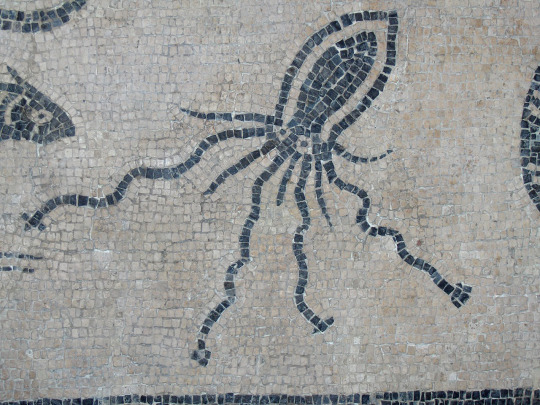
every once in a while i go searching for ancient roman cephalopod art and i find a creature so ridiculous that i immediately have to share it with everyone. this guy is from ariminum and he looks like he's seen god
2K notes
·
View notes
Text
Isodontia auripes emerges from its nest within the wooden board of a picnic table, snips off a dried blade of grass, and carries it back to its nest.
#hymenoptera#grass-carrying wasps#isodontia#wasps#insects#hexapoda#my vids#animalia#the version going around is the version where i typoed the species name AUGH#it’s auripes not auripers
527 notes
·
View notes
Text
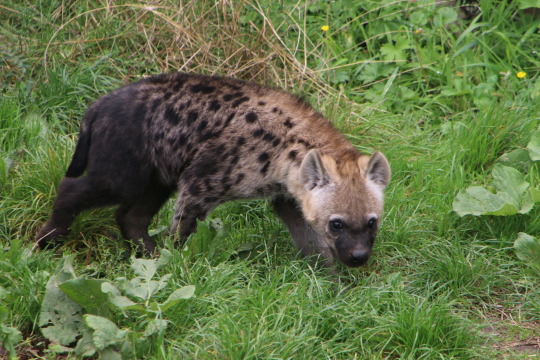
346 notes
·
View notes
Text

Vancleavea campi at the bottom of a river.
An extrange semi-aquatic non-archosaurian archosauriform from the Late Triassic of North America.
#zoology#animals#reptiles#paleoart#nature#art#wildlife#triassic#herpetofauna#fauna#animalia#paleontology
466 notes
·
View notes
Text

ø Will You mend what has been torn? ø
201 notes
·
View notes
